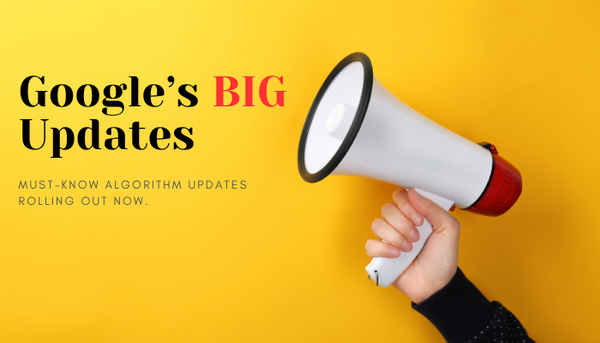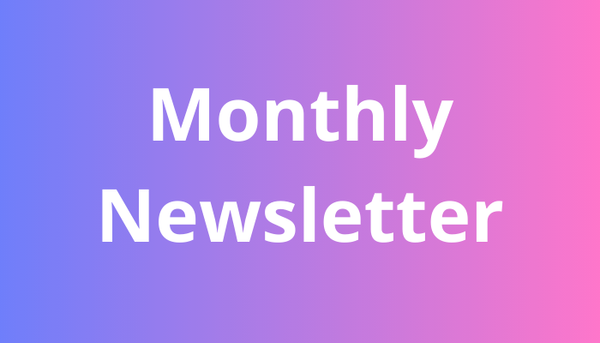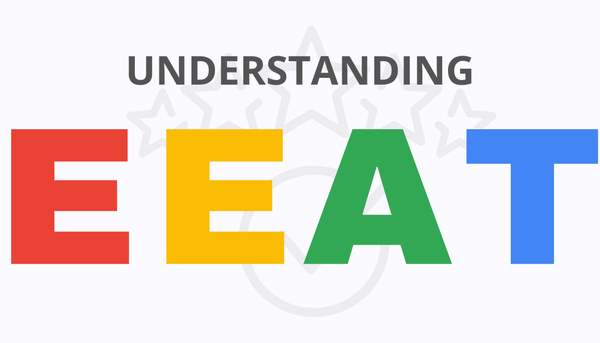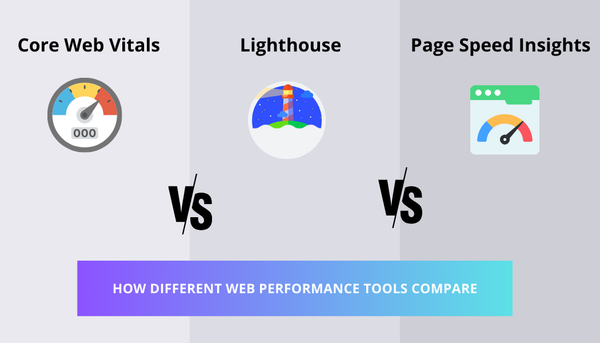Critical Ranking Factors for 2024

Google is constantly improving its algorithms to evaluate how it factors in different aspects of your website to rank it. While there are various guides out there on SEO factors, less than 50 of them make a significant difference. As an SEO expert, it's crucial to focus on the most impactful factors. Therefore, I have compiled a list of the top critical SEO factors that can affect your rankings in 2024.
To summarize, the three most impactful factors to ranking are:
- Consistent, high-quality content that also matches Google E-A-T scoring. You should avoid optimizing for specific high-value keywords and instead focus on naturally incorporating conversational elements that searchers may use to find your content. This includes different synonyms, related keywords, similar topics, and more. The best way to rank well in 2024 is to make your content informative, trustworthy, and user-friendly.
- User-experience and trust. These two go hand-in-hand and are the top ranking factors in 2024 and beyond. This includes having a fast-loading website, ensuring your website and content is accessible from mobile devices, and offering users a secure browsing experience.
- Off-site authority. Earning high-quality backlinks from a variety of different sources is still crucial to rankings. You should always make sure your backlink profile is natural and combines varied anchor text with an optimal ratio of no-follow vs. do-follow as well as the link-types themselves.
Now let's get to the full list:
Top Ranking Factors
The most important optimization factors for 2024
Domain Level Factors
What are domain level factors:
Domain factors refer to signals related to the overall authority, trustworthiness, and link profile of a website's domain name. These signals help search engines understand the reputation of a site and can directly influence where it ranks in search results pages. The main domain factors that impact SEO include:
What Signals Play a Role
There are many different signals, but these are the most critical for SEO
Domain Authority Score:
This is a score from 0-100 that predicts how well a website will rank in search engine results pages. The higher the domain authority, the more trust and link equity a site has accumulated. Examples of ways to improve domain authority include producing quality content to earn backlinks and social shares, building links from reputable websites, and encouraging engagement and clicks from searchers.
Google has it's own authority score for domains known as Page Rank, which is a hidden metric, but there are various tools that calculate a score based on these common ranking factors. You can Try Ahrefs, Moz or SEMRush to get a domain authority score.
Number of Referring IPs:
This refers to the number of unique IP addresses that have linked to a domain. A higher number indicates more diversity in the websites linking to you, which search engines see as a trust signal. Tips to increase referring IPs include guest posting on other blogs in your niche, promoting your content across social media channels, and building links from industry websites.
Number of Referring Domains:
This measures the number of unique root domains that have links pointing to your website. More referring domains mean greater trust and authority. To boost referring domains, do blogger outreach for backlinks, get mentioned on directories and niche websites, and promote your brand on forums and communities.
Number of Backlinks:
The total number of backlinks (also known as inbound links or inbound citations) to a domain impacts SEO rankings. More backlinks signal greater authority and topical relevance. Focus on earning contextual backlinks from quality websites regularly, and promote great evergreen content that websites will want to link to as a resource.
Content and on-page factors
Refer to signals related to the actual pages of a website, as opposed to domain-wide factors. Optimizing content and pages for the following elements can directly lead to better rankings in search engines. The key on-page factors include:
Page Authority Score:
Similar to the Domain Authority Score, this is a score from 0-100 that rates the ability of a specific page to rank well in search engines. Higher authority pages tend to outperform lower authority pages. Ways to improve page authority include earning backlinks to content, promoting the page on the web and through social media, and creating internal links from other relevant pages.
Content Quality:
High-quality, well-researched and written content ranks better because it better satisfies user intent and provides value. Ensure all writing is original, free from grammar/spelling errors, and written in an authoritative style using industry terminology. Ensure content matches EEAT guidelines
Content Length:
There is no ideal word-count for content, which Google has confirmed in the past, as long as it provides the user value and is relevant to intent. However studies show a correlation between long-form content over 1,400 words and higher rankings. When writing content, make sure to write detailed, expansive posts, include multiple sections and headlines, and embed relevant media.
Content Freshness:
In some cases, with trending news and topics, search algorithms favor recently updated pages, as fresh content best meets changing user needs. In addition, older posts that havent been updated in a long time may have the perception of being stale and outdated. Update old posts when relevant and consistently publish new timely content.
Keyword Optimization:
Seamlessly optimizing content for target keyword phrases leads to higher rankings for those terms. However, keywords should incorporate LSI, related keywords, and more. Write and use keywords naturally ro account for a wide variety of user queries and better optimize for context over direct keywords.
Content Structure:
Proper formatting using headers, bullet points, and paragraphs makes pages more readable and scannable for users and search bots. Format posts with SEO best practices in mind.
Use of Images:
Relevant, high-quality images enhance user experience and engagement. Optimize images with descriptive alt text and filenames containing target keywords.
Content Age:
Older content has accumulated more links and social shares over time, signaling value. Allow time for new posts to accumulate signals to improve rankings, but keep freshness in mind too, making sure your posts remain relevant and accurate.
Site Level Factors
Site-wide factors refer to technical and user experience signals that apply across an entire website, rather than just specific pages. Fine-tuning these elements provide signals of overall quality and authority to search algorithms. Major site-level factors include:
Site Speed:
Fast site speeds indicate technical competence and strong user experience. Conduct performance tests and optimize images, code, hosting and file structures to increase site speed.
Mobile-Friendliness:
With more search traffic coming from mobile devices, responsive mobile-friendly sites lead to better conversions and rankings. Ensure your site works well on all devices.
HTTPS Security:
HTTPS sites with SSL certificates signal safety and security to visitors and search engines, improving click-through rates. Migrate to HTTPS and install an SSL certificate.
User Experience:
Easy site navigation, readable content, compelling design and value-adding features improve user experience, reducing bounce rates. Identify and eliminate friction points.
Duplicate Content:
Having completely unique content pages signals more value to search engines and users. Avoid thin content and consider consolidating or refreshing duplicated content.
HTML Validation: Fixing HTML errors and issues with proper validation improves crawler accessibility and indicates technical competence, indirectly benefiting SEO.
Technical SEO Factors
Technical SEO refers to behind-the-scenes optimizations that make a website more accessible and interpretable to search engine crawlers. Leveraging technical SEO best practices signals to search engines that a site is well-built and maintained. Major technical factors include:
Canonical Tags:
While not a “ranking factor” using canonical tagging is a good best practice to help the content you do have get discovered and ranked without appearing duplicative. Canonical tags are used to signal the definitive URL for pages with similar or duplicate content, avoiding dilution of page authority. Implement canonical tags where needed.
Site Architecture:
A logically structured site with simple navigation helps search bots crawl a site and assists users in finding relevant content quickly. Ensure site architecture is clean and intuitive.
Internal Links:
More links from related pages signals relevance and importance of a target page to search algorithms. Link out to supporting content from related pages.
Structured Data:
Structured data provides additional contextual information to search bots through schema markup to understand the content better. Use schema where applicable but don’t overdo it. Google tends to remove things, like FAQ that become overly used. While Schema can lead to higher traffic through increased CTR it likely doesnt hae a big impact in rankings.
URL Structure:
Short, descriptive URLs and consistent / limited usage of parameters assist with indexing and keyword targeting. Avoid overly long or complex URL structures.
Breadcrumb Navigation:
Breadcrumbs act as a site navigation aid for users and help search bots understand page hierarchy. Implement breadcrumbs effectively on deep pages.
Core Web Vitals:
These metrics measure real-world user experience data related to loading speeds, responsiveness and visual stability. Monitor and optimize core web vitals.
Off-Page Signals
Number of Backlinks:
A higher number of backlinks from a wider variety of reputable sites contributes to improved rankings and authority over time.
Backlink Quality:
Links from popular, authoritative, and relevant websites carry more weight compared to lesser-known sites. Getting links from quality sites adds more authority to your page/domain and improves rankings.
Backlink Diversity:
A mixture of backlink sources like directories, articles, blogs, forums etc. can positively impact rankings rather than just having one type.
Anchor Text:
Anchor text refers to the clickable words in a link. Links with your target keyword as the anchor text can improve its rankings.
Link Age:
Older links have had more time to accumulate trust and pass on authority. Long-standing backlinks are preferred to newer ones.
Image Links:
Links embedded in images can also pass on link equity and may be a boost if alt text is used. Ensure alt text is relevant.
.edu/.gov Links:
Backlinks from education or government websites signal strong authority so they can improve rankings more effectively.
NoFollow Links:
These links do not pass on link equity or authority signals since they are not endorsements.
Ratio of Dofollow to Nofollow Links:
Having a healthy balance between dofollow and nofollow links to a website is ideal, as having too many or too few dofollow links can seem unnatural. Aim for an 80/20 or 70/30 dofollow to nofollow ratio.
Natural Link Profile:
The pattern of links from different websites should appear natural and human-driven, not rigged or manipulated. Ensure your link building strategy results in a diversified, natural-looking link profile over time.
Contextual Links:
Backlinks placed relevantly within a blog post or resource page are seen as more contextual cues by search engines.
Reciprocal Links:
While reciprocal links used to be a tactic, going overboard with too many can get sites penalized now. Keep them reasonable. Generally these types of links are not worth acquiring on purpose due to the minimal to no value they are likely to provide.
SERP Related Factors
Note that some of these items are not ranking factors, but are often mistakenly thought to have high weight on Google’s algorithm. As such, please read the descriptions carefully before assuming that the below list includes factors that will all positively impact rankings.
Keywords in Title
The title tag has long been an important area to incorporate keywords. Keep in mind,G Google is rewriting more and more title tags to better match search intent. It's no longer highly correlated with exact match keywords, but including your target keyword naturally in the title tag and using relevant words with similar meaning is impactful.
Title Length
Most titles of top ranking pages contain around 7-8 words on average. Extremely long unnatural titles should be avoided. Title Length best practices have always been around 50 characters, this is to aid in click-through-rate from SERPs to your site more than it aids in rankings.
Keywords in URL
Placing target keywords in URLs shows no correlation with higher rankings, according to the study. URL optimization should focus more on being short, clean and user-friendly. This area was over-optimized in the past, so areas that are easy to manipulate will naturally be down-weighted over time. However, consider the impact that it may have on click-through if the user feels the URL displayed in SERPs closely matches their intent.
Keywords in Meta Description
Keywords in Meta-Descriptions are still not a ranking factor, but optimization of your meta-description continues to be important to increase clicks to your site. If searchers believe the page's intent matches their need, which the meta-description can help with, it will result in more traffic.
Meta Description Length
Like keywords, there are no factors related to the meta description length and it's impact on and rankings. Top ranking pages have meta descriptions with around 23-25 words on average. However, it's good best practice to keep this short (about 150 characters or less) in order to avoid the meta-description being cut-off and impacting clicks or being re-written by Google.




